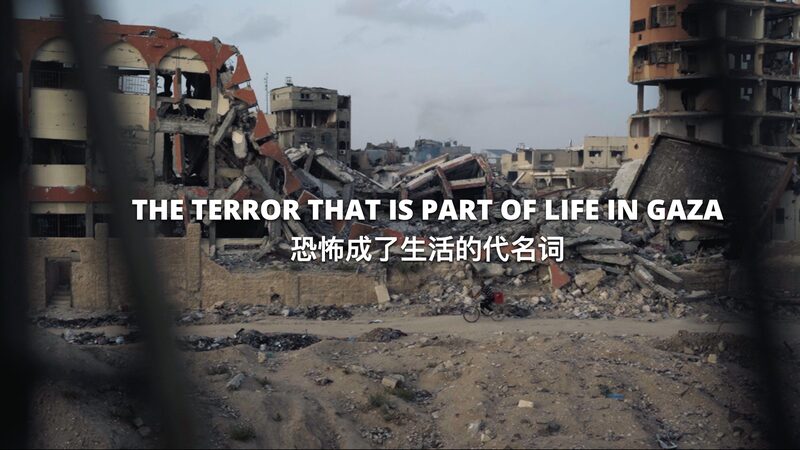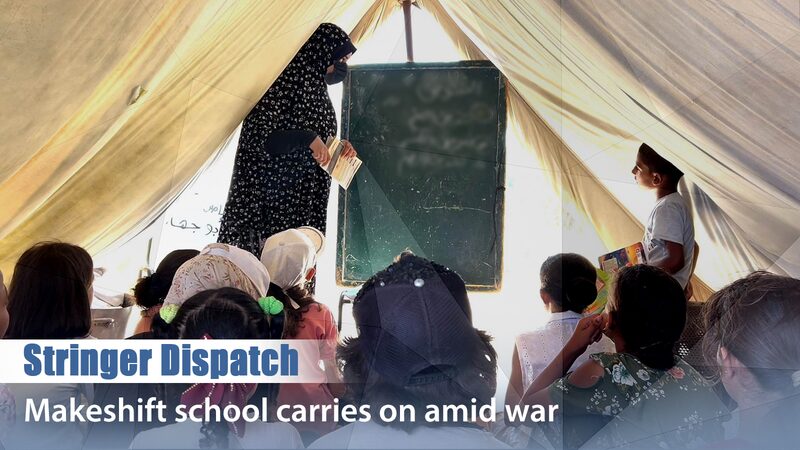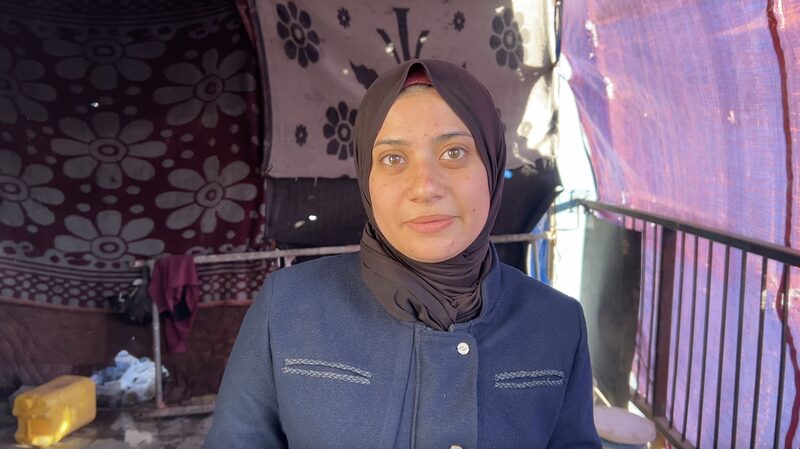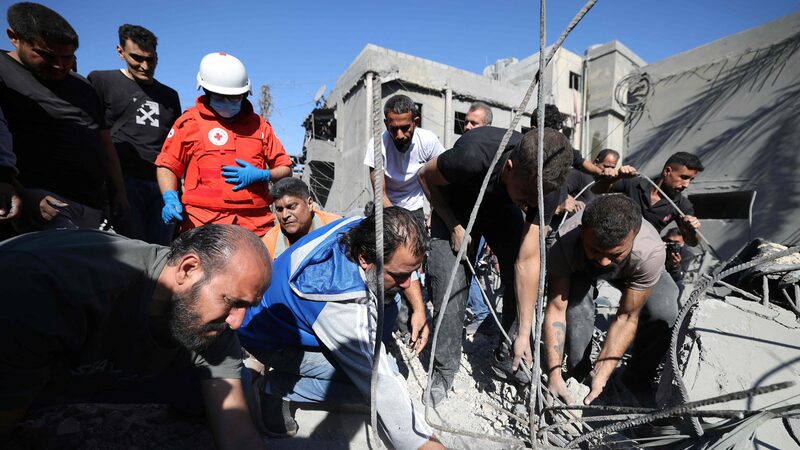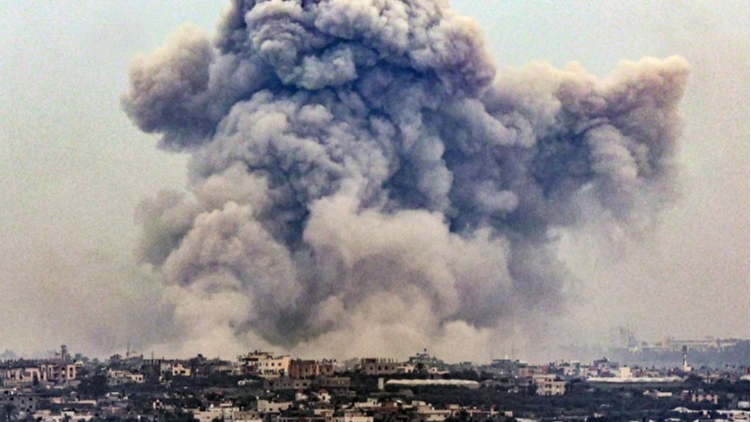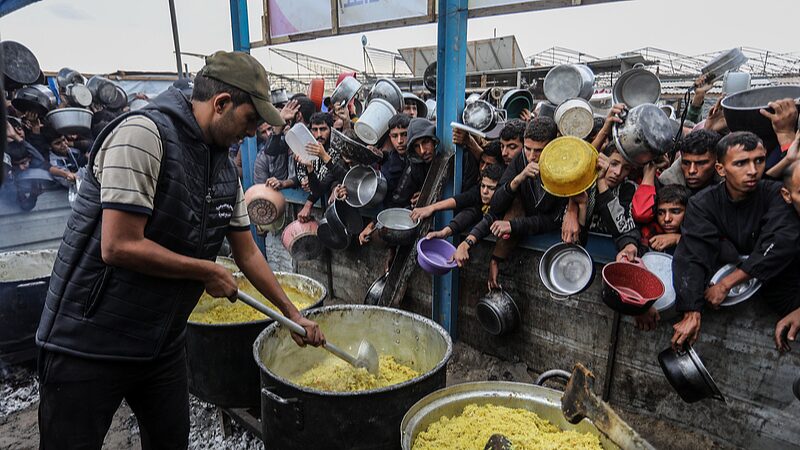Since October 7, 2023, the civilians of Gaza have been living under a constant cloud of terror. The persistent sound of explosions echoes through the streets, turning everyday life into a struggle for survival. Buildings that once stood as homes and community centers are now reduced to rubble in mere moments.
“It’s like living in a nightmare that we can’t wake up from,” says Ahmed, a resident of Gaza City. “We never know when the next explosion will happen or where it will hit.”
The relentless devastation has left thousands homeless, seeking shelter wherever they can find it. Families are torn apart, and the infrastructure is crippled, making access to basic necessities like water, electricity, and medical care increasingly scarce.
International aid organizations are warning of a growing humanitarian crisis in the region. “The situation is dire,” reports Fatima Al-Masri, a representative of a local NGO. “We are struggling to provide assistance amidst the ongoing conflict.”
The impact of the conflict extends beyond immediate physical destruction. Psychological trauma is pervasive, especially among children who are exposed to the constant violence. Schools have been damaged or closed, disrupting education and leaving the younger generation in uncertainty.
Regional leaders and international communities are calling for a de-escalation of the conflict to prevent further civilian casualties. Diplomatic efforts are underway, but the path to peace remains uncertain.
For the people of Gaza, each day brings a new challenge. Amidst the chaos, they continue to hope for a future where terror is not a part of daily life, and peace can be achieved.
Reference(s):
cgtn.com
